
Your kitchen sponge might look harmless, but it is hiding more grime and bacteria than you think. Over time, even the most durable sponges start to lose their cleaning power – and worse, spread germs.
From stubborn odors to frayed edges, there are several clear signs it’s time to replace your kitchen sponge, and ignoring them could lead to making you and your family sick.
So, while professionals typically suggest banishing kitchen sponges, these are the seven signs you should replace yours if you still swear by them for dirty dishes.
7 signs it’s time to replace your kitchen sponge
1. It smells bad

If your kitchen sponge is the reason you are struggling to banish bad kitchen smells, it’s likely time to replace it, says Taylor Riley, partner at GermSmart Commercial Cleaning.
It’s often the first sign your old sponge needs to go, he explains. ‘If you don’t change sponges often enough, they can harbor bacteria, mold, and yeast, which can transfer to your dishes, countertops, and even your hands.’
To avoid musty odors between uses, Dr. Shanina C. Knighton, research associate professor at Case Western Reserve University, recommends, ‘Disinfecting sponges regularly by microwaving them damp for one to two minutes. The high heat can kill any bacteria present.
‘It is also wise to allow sponges to air-dry completely between uses, and avoid storing them in holders or containers that trap water because standing water can create a film and promote bacterial growth.’ The Joseph Joseph Sink Caddy, from Wayfair, is perfect for this as it has a drip-dry tray for sponges.
2. It’s visibly stained

If sponge discoloration persists after handwashing dishes, it is probably best that you swap it out for a new one.
Chris Willatt, founder of Alpine Maids, shares, ‘If the substance you are cleaning sticks to a sponge, it will likely stick to the next surface you try to clean.’
Using a dish scrubbing brush, from Walmart, to remove most of the gunk and food buildup from plates and pans before using your sponge can help to delay staining and reduce waste.
3. It’s falling apart
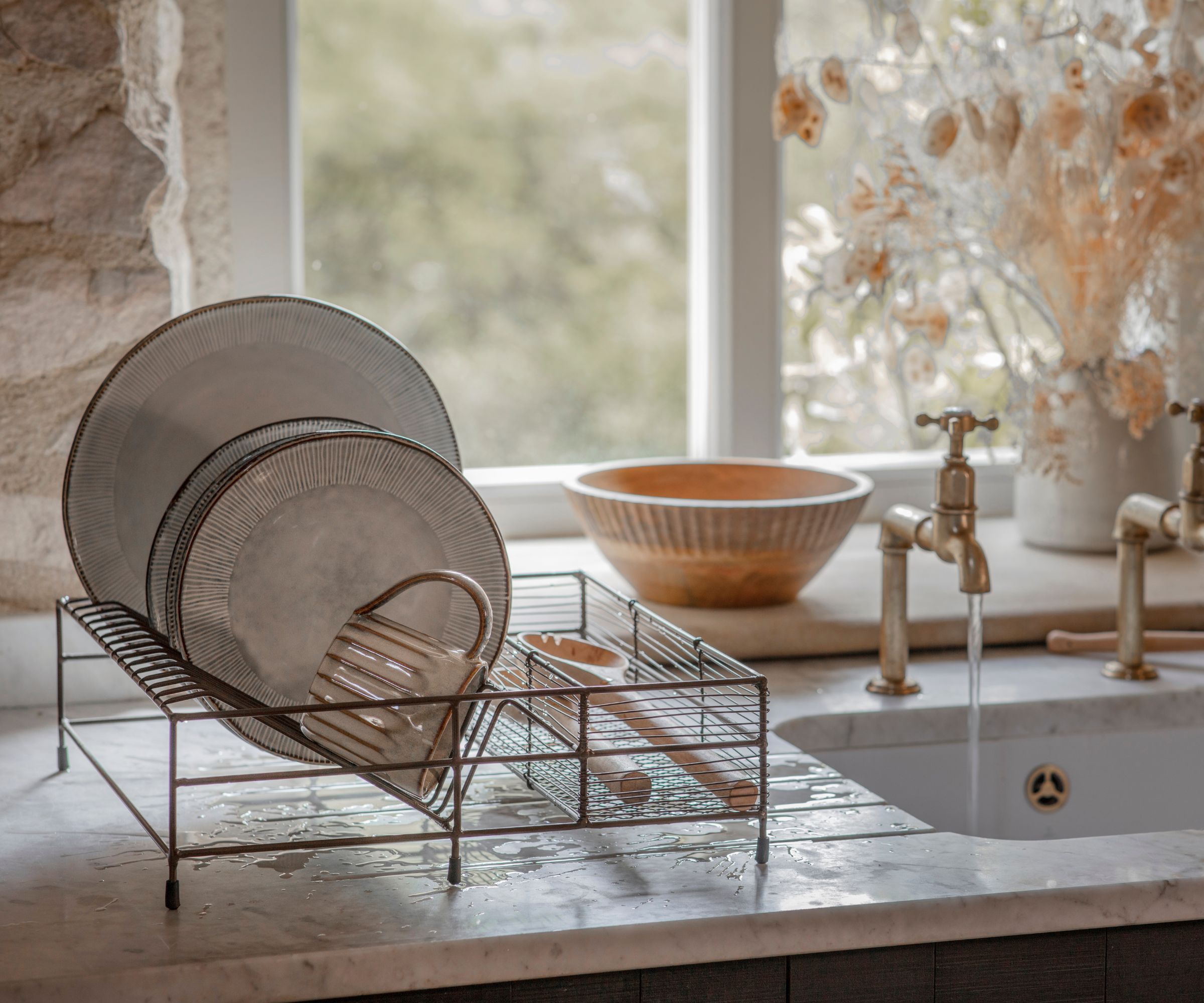
One of the major downsides to picking a dish sponge versus a dish brush is that a sponge will, eventually, begin to fall apart.
Rhonda Wilson, quality lead cleaner at FreshSpace Cleaning, says, ‘Another sign it’s long past its prime is if it’s crumbling, fraying, changing color, or losing shape. While a worn-out one isn’t going to clean as well as it should. You want something that can actually scrub, not something that feels like a wet rag.’
If you like the handiness of a sponge, consider switching to a Scrub Daddy Sponge from Target, which is far tougher and can last a lot longer than a regular kitchen sponge.
4. It’s slimy
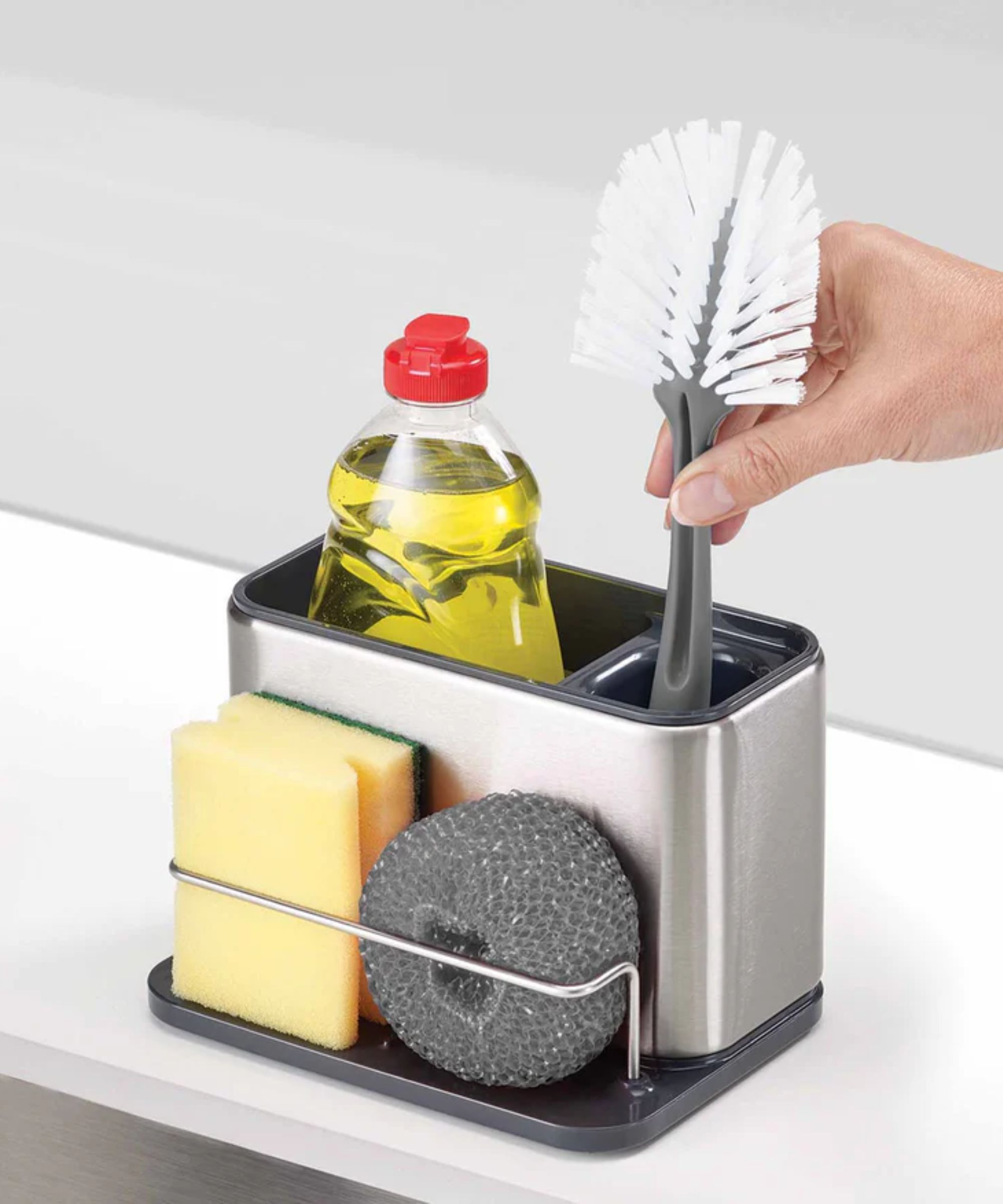
Cleaning a kitchen is unpleasant enough, so the last thing you want is for your sponge to feel like a slug.
Petya Holevich, house cleaning expert at Fantastic Services, warns, ‘If it feels slimy or is slick to the touch, there’s probably a layer of grime you can't wash out. If you hang on to it for too long, you’re risking more than just a streaky countertoр. Old sponges can carry bacteria like E. coli and Salmonella, which you do not want anywhere near your food.’
5. It’s touched meat or mold residue

In order to follow the essential disinfecting golden rules, you need to replace your kitchen sponge whenever you are dealing with meat or mold, cleaning expert Chris urges.
‘The bacteria from these surfaces transfer to your sponge easily, and you don't want that stuff on your other plates and utensils,’ he warns.
Instead, when dealing with these messes, use single-use paper towels, such as Bounty paper towels from Walmart, to prevent cross-contamination.
6. It no longer scrubs

What use is an abrasive sponge if it is no longer abrasive?
Dr. Shanina Knighton suggests, ‘When the texture has softened so much that it no longer scrubs effectively, when the rough side is worn smooth, or when they are filled with lint, crumbs, or debris, it is time to replace your kitchen sponge.’
For something a little longer-lasting, consider the Scrub Daddy Scour Pads from Walmart. These non-scratch scour pads are safe on over 25 surfaces, including glass, stainless steel, cast iron, and copper.
7. It's a week old

No matter how your sponge looks after a week of use, replacing it should be added to your household chores you should be doing weekly.
Chris says, ‘Honestly, I recommend throwing away a sponge and getting a new one at the end of every week. A week's worth of cleaning up gunk, bacteria, and grime is enough to justify a new sponge. Even if it looks clean, you should throw it away after a week. I understand most people don't do this, but they should because a week's worth of bacteria is going to be gross in even the cleanest kitchens.’
What to shop
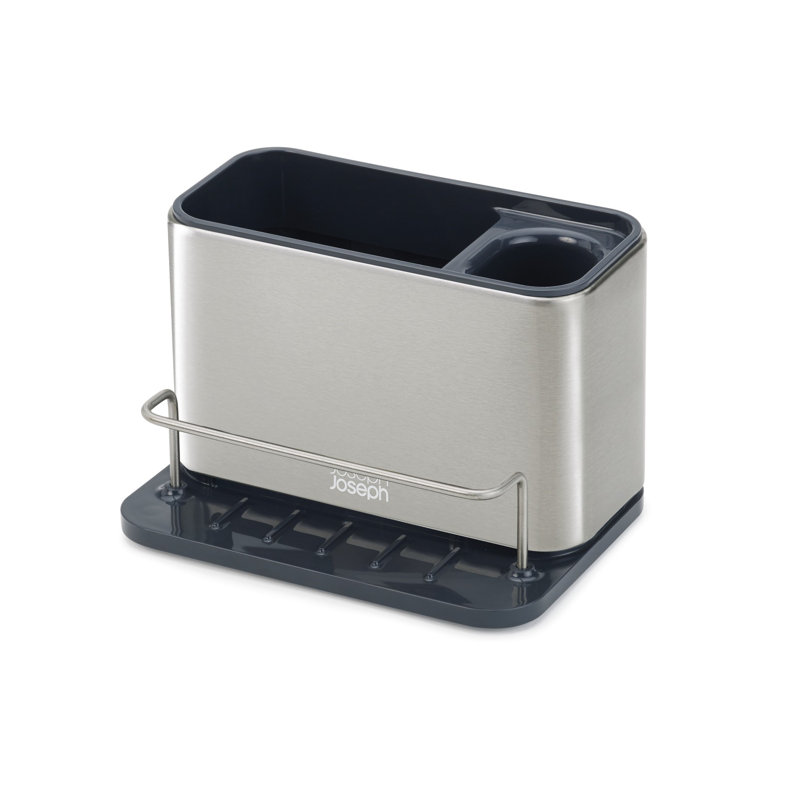
This sink caddy has a handy sponge drip tray to allow sponges to air dry between uses, limiting the risk of odors.
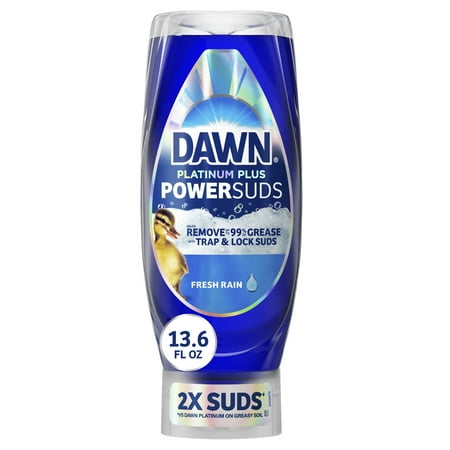
Pairing your kitchen sponge with quality dish soap makes scrubbing dishes simpler. This PowerSuds soap helps to trap and remove grease, making lighter work for your sponge.
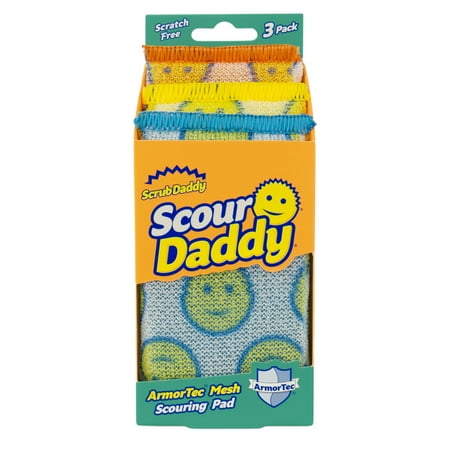
These Scrub Daddy pads are stronger and thicker than ordinary scouring pads and kitchen sponges, making them the ideal sponge and scrubber for tackling dirt and grime.
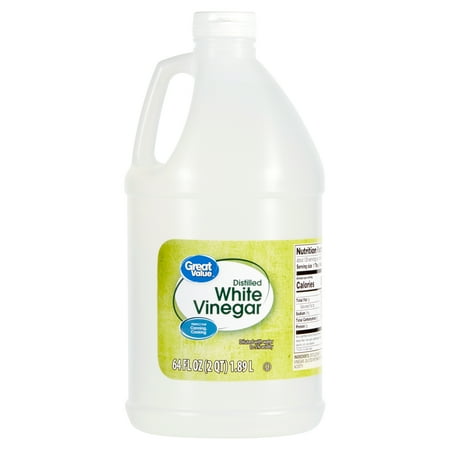
Soaking a kitchen sponge in plain white vinegar can help to kill bacteria and remove odors.
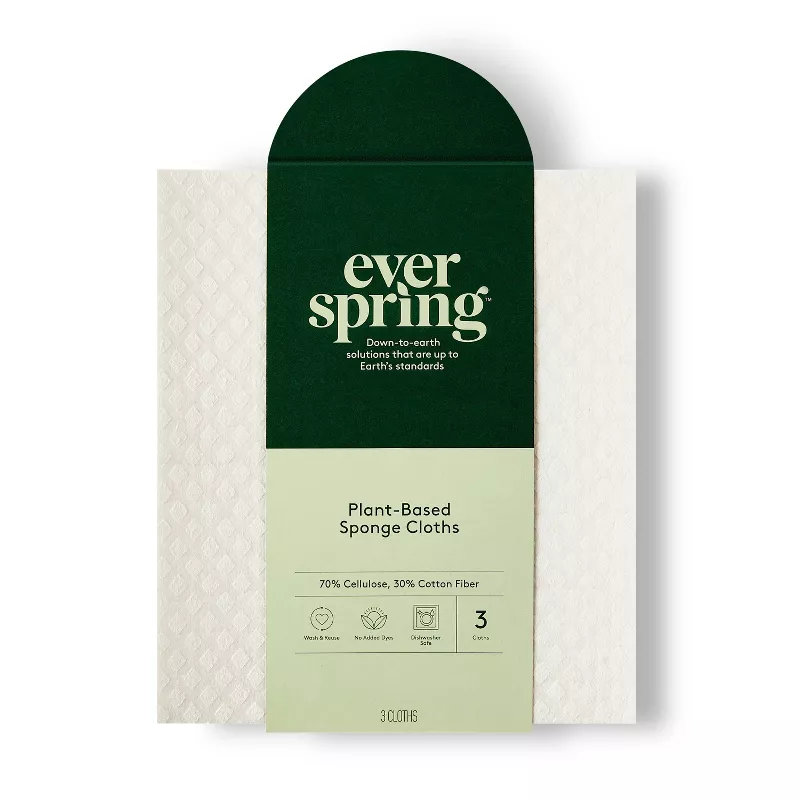
Sponge cloths are plant-based, meaning they are free from plastics and decompose in compost heaps in around 10 months, making them a eco-friendly, hygienic alternative to traditional sponges and paper towels.
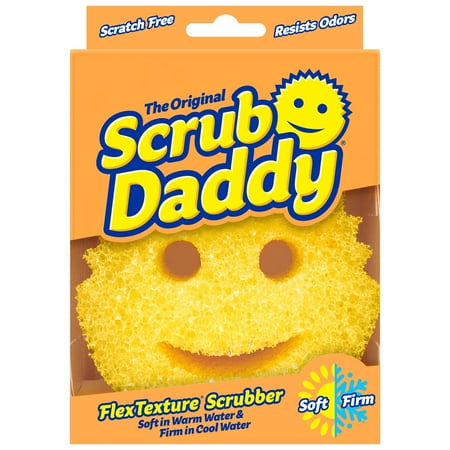
The Scrub Daddy sponge softens under hard water and toughens under cold water, allowing you to adjust the level of abrasive you need depending on the task at hand.
Meet the experts
There are a few ways you can clean your kitchen sponge, but this should not stop you from replacing your sponges regularly.







